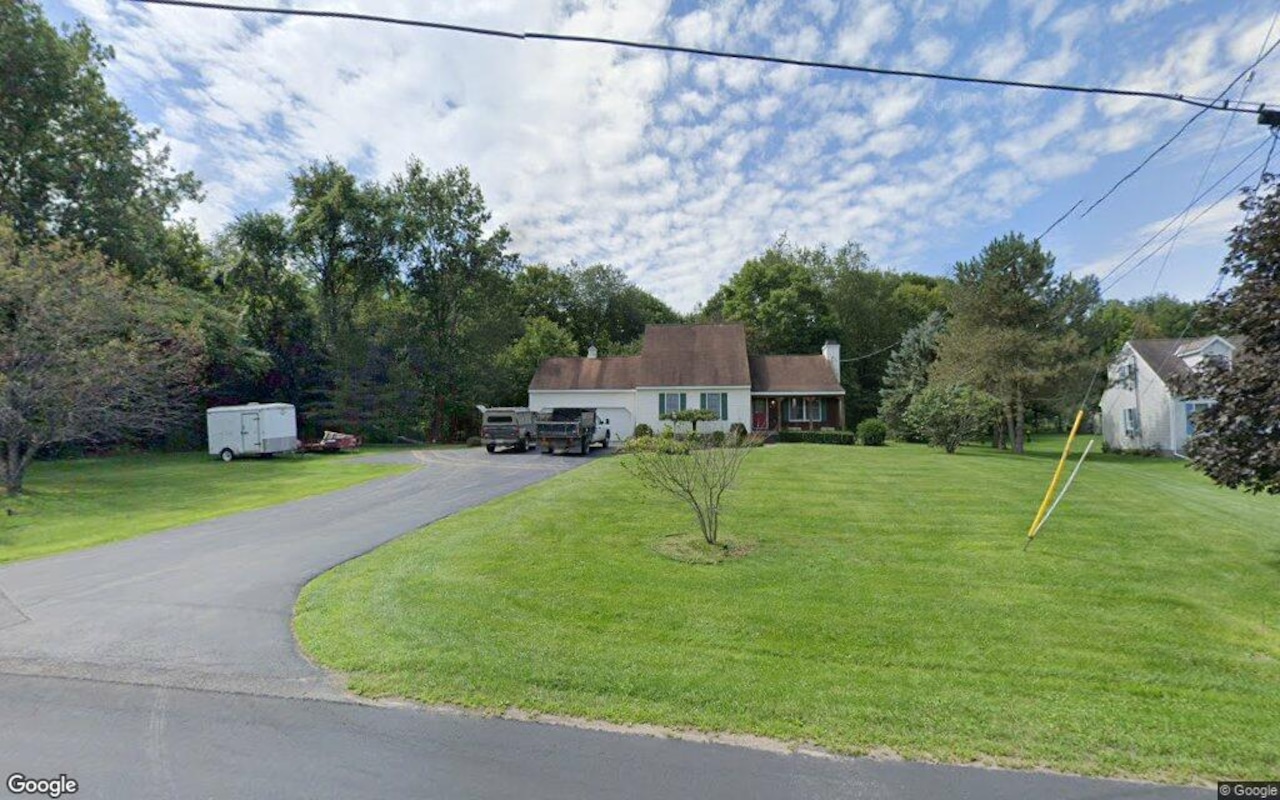T
he US housing market is showing signs of trouble, with many of the hottest markets experiencing a slowdown. According to Realtor.com's June 2025 report, 39 out of the 50 largest metro areas saw homes lingering on the market longer than last year.
All four regions - South, Northeast, Midwest, and West - experienced an increase in time-on-the-market, with the sunnier states seeing the longest slowdowns. The South saw an average increase of eight days, while the West showed seven more days, and the Northeast three more days. Only the Midwest remained relatively stable.
More than half (26) of the top 50 markets are now seeing listings sit longer than their pre-pandemic averages, with almost all of them in the South and West. This geographic divergence in housing market conditions is a concerning trend.
The metros experiencing the longest time-on-the-market increases year over year include Nashville, TN (+20 days), Orlando, FL (+15 days), Miami, FL (+15 days), and Tucson, AZ (+12 days). Florida's issues with higher condo fees, insurance costs, and extreme weather events are contributing to these slowdowns.
Miami agent Jeff Lichtenstein attributes the slowdown to a combination of factors, including President Trump's crackdown on illegal immigration, which has stopped foreign purchases from occurring. However, he sees hope in the form of New York City's liberal Democratic mayoral candidate Zohran Mamdani, who could attract interest from New Yorkers and businesses looking to escape taxes.
In Miami, single-family homes continue to be a hot commodity, while condo purchases are slowing down. Agents see the slowdown as an opportunity for buyers to separate motivated sellers from those who are not serious about selling.
The Realtor.com report notes that with growing inventory and homes taking longer to sell, the US housing market is shifting in a buyer-friendly direction. However, this signals selective discounts rather than widespread price plummets. The national median list price held steady at $440,950 in June, but prices are beginning to fall in the West and South, with declines of -8% and -9%, respectively.













